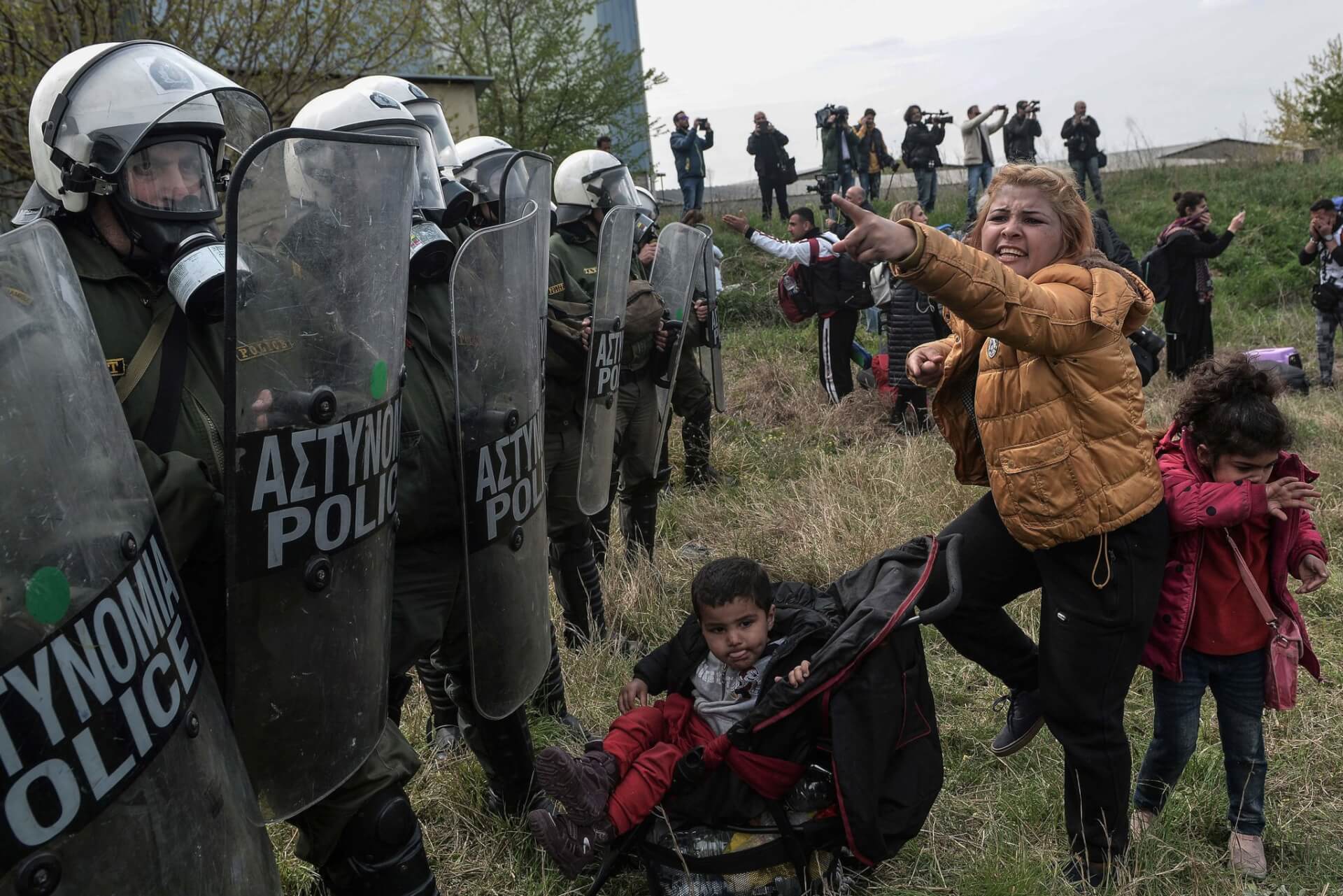On Tuesday, residents of the outlying Greek islands Lesbos and Chios protested against the construction of closed detention sites to house migrants. In an unsuccessful attempt to take control of the situation, riot police clashed with the demonstrators, allegedly using tear gas and stun grenades.
The demonstrators blocked roads leading to a construction site in Lesbos to restrict construction material that was being brought in from mainland Greece. Banners on the municipal theatre read “We want our islands back”. Another one read “No more prisons for human souls in the North Aegean”.
Greek authorities have justified the construction by repeatedly highlighting the issue of overcrowding in the existing detention camps. These sites are being constructed to replace the current open detention camps that have been criticised for their subpar living conditions. The site on Lesbos will replace the camp at Moria, which was initially constructed for 3,000 people, but currently houses 18,000 asylum seekers. Moria has been criticised for its unsanitary conditions caused by overcrowding.
Following the influx of a large number of migrants on the Greek islands off the coast of Turkey during the 2015-2016 migrant crisis, the European Union signed a deal with Turkey. According to this deal, migrants arriving in Greece will be sent back to Turkey if they have not applied for asylum or if their application has been rejected. After a brief drop in the number of migrants arriving on the Greek Islands, the number of arrivals has started to rise again.
The Greek islands Lesbos, Samos, Chios, Leros, and Kos act as the main gateways into the country, with Lesbos at the frontline of the influx. The islands host 43,000 migrants, with 20,000 housed in Lesbos. Most migrants come from war-torn regions of the Middle East, Asia, and Africa. According to Greek immigration authorities, 99% of migrants from 2019 have applied for asylum.
The current Prime Minister Kyriakos Mitsotakis, elected in July, promised to build camps to battle the overcrowding issue. Additionally, his conservative government has adopted several measures to reduce the migrant influx in the region, from issuing a tender to construct a floating fence, to blocking migrants coming arriving by sea, to expediting deportations.
Image Source: New York Times

